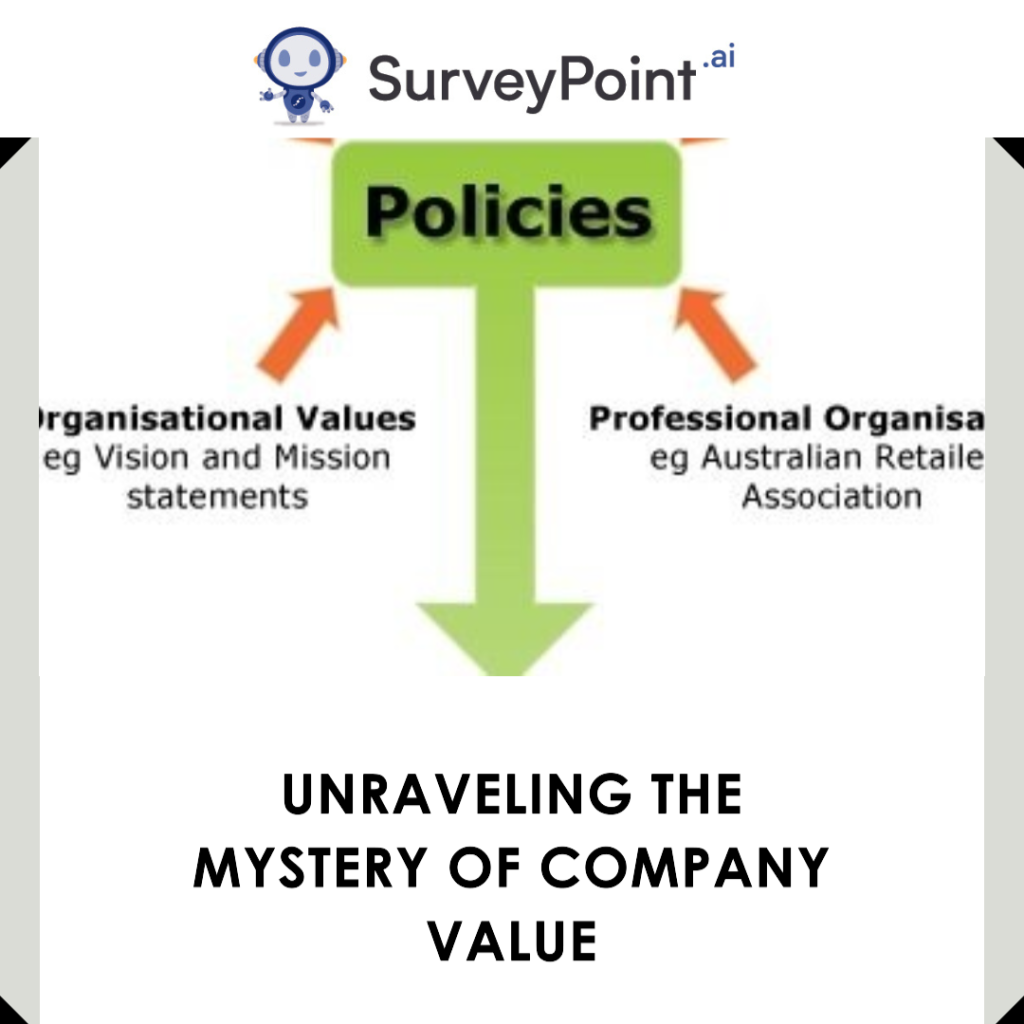Enterprise value (EV) is akin to a specialized tool that assists in determining a company’s actual worth. Investors, analysts, and business people all rely heavily on it because it provides invaluable insight into a company’s financial health beyond what can be gleaned from its stock price alone. EV is a more comprehensive measure of a company’s worth than its market capitalization (market cap), which only considers the value of its outstanding shares.
This article will explain what enterprise value is, how to calculate it, why it is important, and how it can be used to determine the value of a company.

Enterprise value calculation method
Explaining the Formula
Let’s start with the formula for enterprise value:
Enterprise Value (EV) = Market Value of the Company + Total Debt + Cash and Cash Equivalents
Don’t worry if it sounds complicated. We’ll break it down step by step.
Step-by-Step Guide to Calculating Enterprise Value
1. Market Value: This is how much the company is worth based on its stock price and the number of shares available to the public.
2. Total Debt: Think of debt as money the company owes to others. It could be short-term loans or long-term loans. We add this to our calculation because if someone buys the company, they’ll have to deal with this debt.
3. Cash and Cash Equivalents: This is the money the company has in the bank or in short-term investments. We subtract this because if someone buys the company, they could use this money to pay off some of the debt.
4. Now, We Put It All Together: We use our formula to add the market value to the debt and then subtract the cash and cash equivalents.
Enterprise Value vs. Market Capitalization
Because the terms “market capitalization” and “enterprise value” are frequently confused with one another, it is essential to make a clear distinction between the two.
– Market capitalization looks at how much the company’s shares are worth. It doesn’t care about debt or cash.
– Enterprise value, on the other hand, looks at the whole picture. It considers the company’s debt and cash. It shows the real cost of taking over the company, including its debts and the money it has.
Using Financial Statements to Calculate Enterprise Value
The financial statements of the company provide us with all of the numerical information that we require for our calculation of the enterprise value. These statements provide us with an abundance of information regarding the company’s financial situation. These statements will provide information regarding profits, cash on hand, and debts that are owed.
Why Debt and Cash Matter in Enterprise Value
Debt: When we look at enterprise value, debt is crucial. It shows how much the company owes. Including debt helps us see the full price someone would have to pay to own the company because they’ll have to take on that debt.
Cash and Cash Equivalents: These are like a safety net. If a company has a lot of cash, it can use that to pay off some of its debt. So, we subtract it from the total value because it reduces the real cost of buying the company.
Enterprise Value Multiples and What They Mean
People use enterprise value to calculate ratios, like the EV/EBITDA or EV/Revenue ratio. These ratios help us compare companies, even if they’re different sizes or in different industries.
– EV/EBITDA Ratio: This ratio tells us how many years it would take for a company to make enough money to pay back the cost of buying it. A lower ratio can mean the company is a good deal.
– EV/Revenue Ratio: This ratio helps us see how much we’re paying for every dollar the company makes. A lower ratio might mean the company is undervalued.
Examples of Enterprise Value Calculation
Let’s use some simple examples to understand better:
Example 1:
Market Value: $1,000 million
Total Debt: $200 million
Cash: $100 million
EV = $1,000 million (Market Value) + $200 million (Debt) minus $100 million (Cash)
EV = $1,100 million
Example 2:
Market Value: $500 million
Total Debt: $300 million
Cash: $50 million
EV = $500 million (Market Value) + $300 million (Debt) minus $50 million (Cash)
EV = $750 million
These examples show how different debt and cash levels can change a company’s enterprise value.
Enterprise Value in Discounted Cash Flow (DCF) Analysis
The discounted cash flow (DCF) method is another helpful technique for estimating a company’s value. One way to calculate a company’s worth is with the help of projections of its future profits using the discounted cash flow method (DCF). Enterprise value is helpful for this analysis because it represents the total value used to foresee cash flows. It aids in determining whether or not the stock in question is fairly priced.
Enterprise Value in Business Valuation
When we want to figure out how much a business is worth, whether we’re thinking of buying it or investing in it, enterprise value is our go-to tool. It looks at everything: debt, cash, and what the company’s shares are worth. So, it’s like a big picture of a business’s value.
Conclusion
Enterprise value is a useful concept for anyone working in finance or business, despite its apparent complexity. It gives us a broader perspective on the economy than just stock prices.
Taking the time to learn how to calculate enterprise value, factor in debt and cash, and apply the results to a variety of ratios and analyses will help you make more informed financial and investment decisions.

